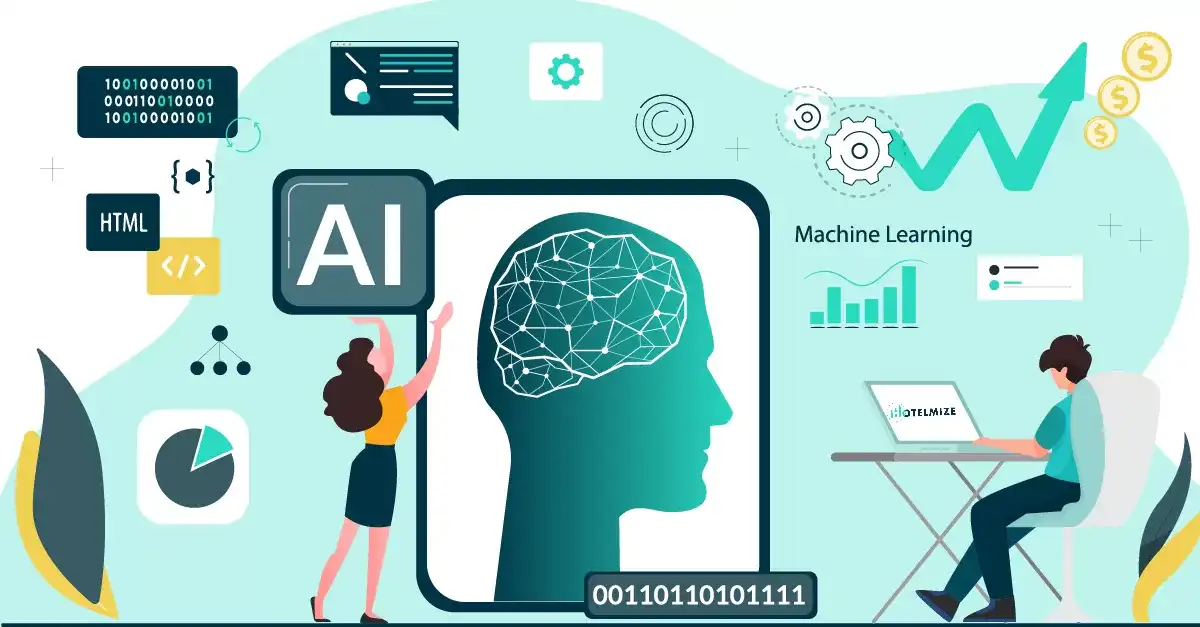Discover the potential of AI in deciphering emotions through facial expressions. Explore how advanced models may enable mind reading by decoding subtle cues, revolutionizing human-computer interaction.
Researchers at MIT have taken a significant step towards understanding the complexities of human emotions with the development of a groundbreaking AI model capable of predicting emotions based solely on facial expressions. This advancement could have far-reaching implications for various fields, from mental health support to human-computer interaction.
Unlocking the Secrets of Faces: The AI model, trained on a massive dataset of faces and labeled emotions, analyzes facial features like eyebrow movements, lip curvature, and wrinkle patterns. By processing these subtle cues, it can predict emotions with surprising accuracy, including joy, sadness, anger, fear, surprise, and disgust.
Beyond Basic Expressions: This technology goes beyond simply identifying smiles or frowns. It can distinguish nuanced emotions like embarrassment, confusion, or even pride, offering a deeper understanding of the individual’s internal state.
This development holds immense potential across various sectors:
- Mental Health: Therapists could use the model to gauge patients’ emotional responses during sessions, potentially leading to more personalized treatment plans.
- Human-Computer Interaction: AI-powered devices could adapt their responses based on users’ emotional states, creating more natural and empathetic interactions.
- Education: Teachers could use the model to understand students’ emotional engagement in the classroom, tailoring their teaching methods accordingly.
- Security: Facial emotion recognition could be used for security purposes, potentially detecting suspicious individuals or preventing crimes.
Ethical Considerations: While the potential benefits are vast, ethical concerns surrounding privacy, data security, and potential misuse of this technology must be addressed. It’s crucial to ensure responsible development and implementation to avoid discrimination or manipulation.
The Road Ahead: This research marks a significant milestone in the field of AI and emotional intelligence. While further development and refinement are needed, the potential applications hold promise for a future where technology can not only understand our emotions but also respond to them in meaningful ways.
Further Exploration:
- Discuss the specific research methods and algorithms used in developing the AI model.
- Explore the limitations of the model and its accuracy in predicting complex emotions.
- Analyze the ethical concerns surrounding facial emotion recognition and potential solutions.
- Discuss the societal implications of this technology and its potential impact on human relationships.
By incorporating these points, you can create a more comprehensive and informative article that sparks discussion about this groundbreaking research and its potential future applications.





